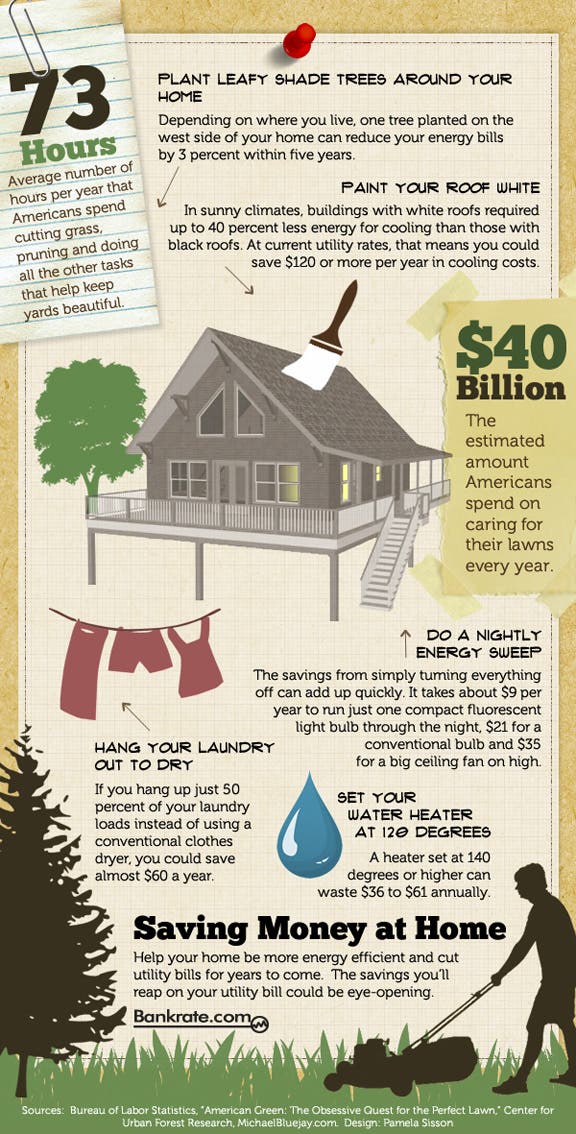Indications It's Time To Eliminate A Tree - A Home Owner'S Overview
Indications It's Time To Eliminate A Tree - A Home Owner'S Overview
Blog Article
Material Author-Wright Abrahamsen
Trees add beauty and worth to residential property, however they can additionally position a threat during extreme weather condition events. If a tree has stopped expanding, is displaying noticeable fungal growth, or has a leaning trunk, it ought to be eliminated by a professional to stay clear of property damages and injury.
To get more information, go to a homeowner source reasonable co-hosted by HPD, the Center for NYC Neighborhoods, and Brooklyn-based real estate partners this evening in Bedford-Stuyvesant. tree service companies will certainly feature the Homeowner Manual, a brand-new overview to help house owners navigate the responsibilities of possessing a home.
1. Dead or Dying Branches
Trees are an indispensable part of your home's landscape, providing shade and appeal. They additionally offer shelter for wildlife and generate oxygen, but even healthy and balanced trees can experience illness that may demand their elimination. Dead or dying trees aren't just undesirable, they can be harmful. Their branches could fall during a storm, leading to costly home damages and injuries.
When a tree's branches start to pass away, it implies that its framework is starting to break down. If the majority of its branches are dead, it is likely time to remove it.
Try to find an absence of brand-new growth, bark peeling, open wounds or cavities, fungis growing on the trunk or roots and a basic look of degeneration in the entire canopy. These indications of infection can show a major issue that will certainly require expert tree services to settle.
2. Leaning Trunk
While it's normal for trees to lean periodically as a result of phototropism, if a tree has a harmful or serious lean that's not as a result of natural processes - it could be an indication that the tree requires to be removed. If the tree is leaning toward a power line, home, car, play structure or any other area that could be hazardous to individuals if it falls, then getting in touch with a professional tree solution for removal must be a leading priority.
It's additionally crucial to watch for any type of sudden changes in a tree's leaning as it can suggest damage to the origins or trunk that may bring about falling. This is specifically real throughout thundercloud, considering that high winds and rain-soaked dirt can create a lean to transform rapidly. Routine surveillance, particularly throughout and after storms can assist home owners identify possible troubles with their trees so they can call an arborist for a thorough examination.
3. Parasite Problem
Some pest invasions, such as wood-boring pests like emerald ash borer or sap-suckers like scale bugs, are so severe that they can create a tree to die. The best means to avoid pest invasion is to monitor your trees on a regular basis. Try to find spots, openings, or discolorations in the leaves and bark. Analyze the trunk for fractures and indications of insect damages, such as tunnels or tracks.
If a tree ends up being also infested with parasites, or is close to a home or high-voltage line, an arborist might recommend elimination. If a leaning tree develops a new, unstable lean, an arborist will likely suggest elimination also to make certain the safety and security of people and residential or commercial property. If a damaged or dead tree constantly sheds too much branches, it is a sign that it is time to get rid of the tree. If a tree continues to shed branches for a prolonged time period, it could lead to architectural problems and prospective residential or commercial property damages.
4. Harmed Trunk
Trees are a beautiful and integral part of our landscape, but they do call for regular care to maintain them healthy and secure. If https://pinestumpremoval28495.blogrelation.com/35387336/protecting-your-landscape-replanting-after-tree-elimination is harmed beyond repair it is most likely time for it to come down.
Try to find indicators of damages to the trunk, consisting of vertical cracks, seams, dead branch stubs, visible wounds or open dental caries and extreme tree-rot. The existence of fungis at the base of the trunk is one more alerting indicator. Fungis might show that the phloem and xylem (life-support cells) are endangered, allowing for the spread of illness or a future failure.
Additionally, consider whether the tree has quit expanding. Healthy trees will certainly have brand-new development each year, which might show up as buds or branches sprouting and expanding. If you do not see any type of new growth, it's a great concept to have an arborist examine the tree and follow their suggestion for removal. A dying or damaged tree can drop and trigger residential property damages.